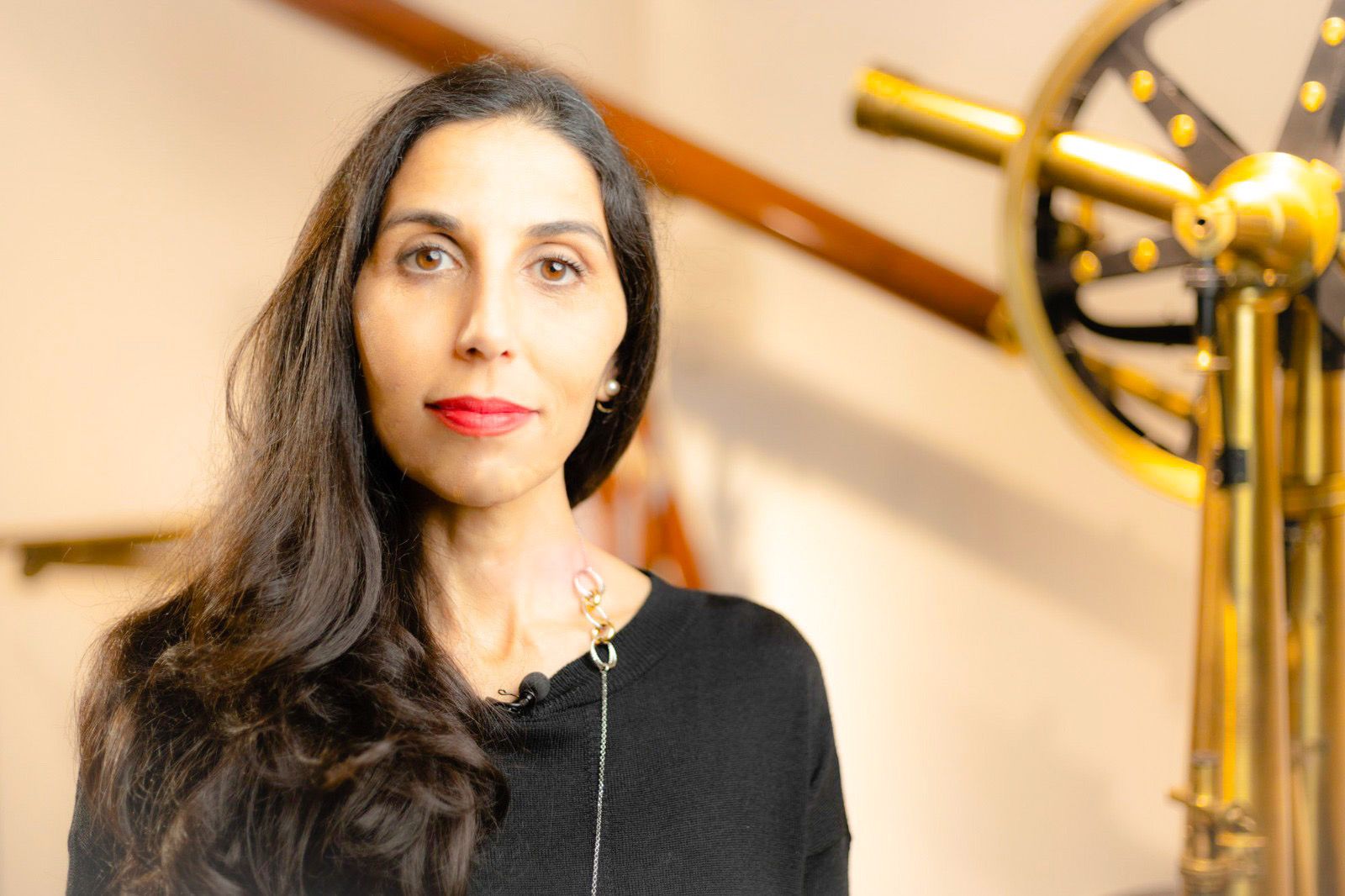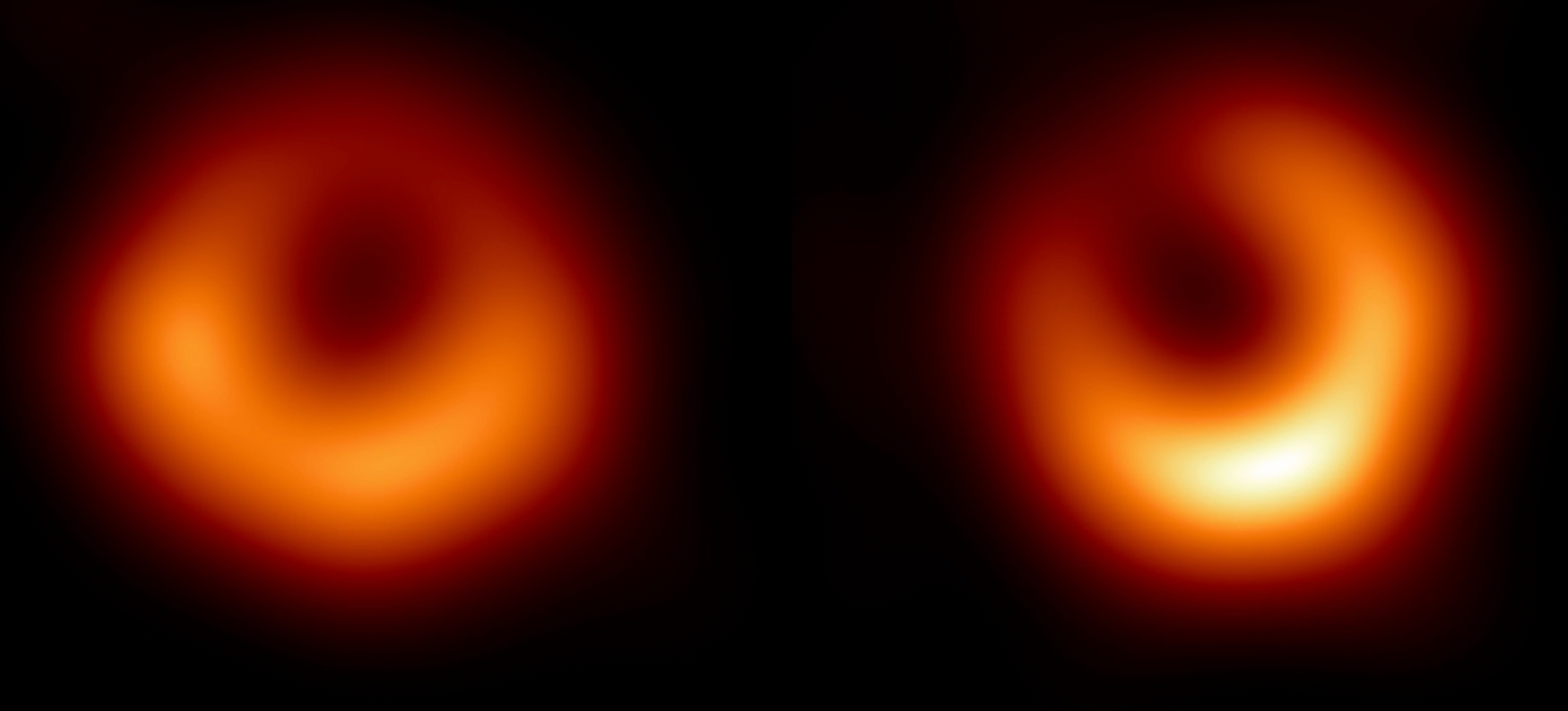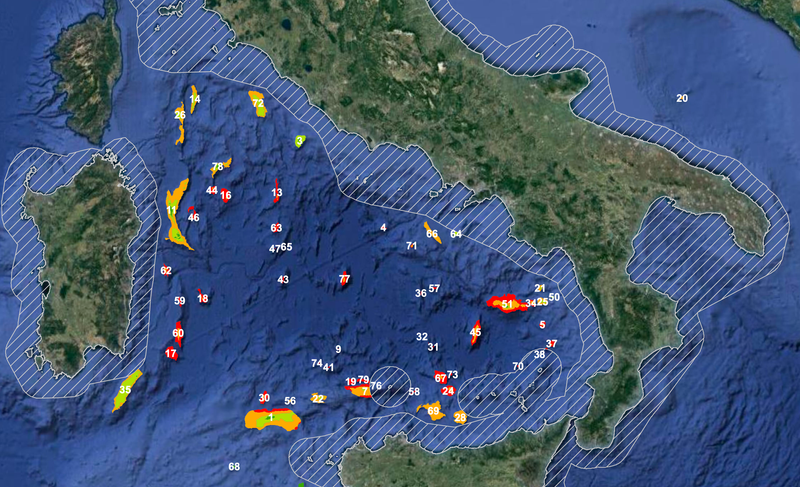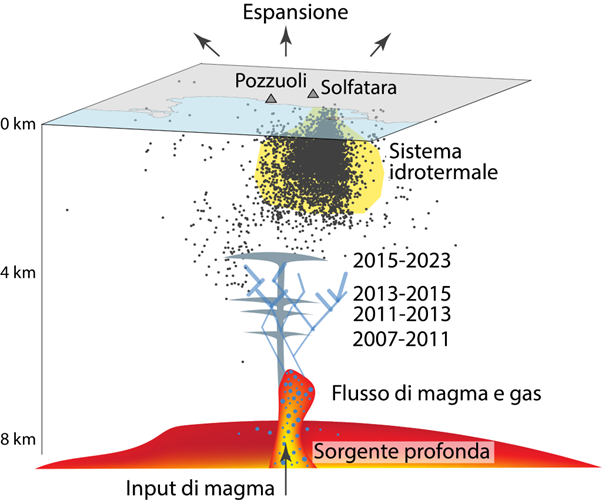Here is the black hole M87*: a new photo captures one of the mysteries of the Universe
At 55 million years from Earth, in the giant galaxy Messier 87, extraordinary new observations. And in the international collaboration is "our" Mariafelicia De Laurentis.
A new piece of knowledge about our Universe. Coming from deep space, 55 million light-years from Earth, is a stunning new photo of the supermassive black hole M87*, considered the beating heart of the giant elliptical galaxy Messier 87.
Released in recent days, the images were made from data from observations made in April 2018, a year later than the data that led to the photo released in 2019. With the use of a new instrument, the Greenland Telescope, and at a dramatically improved data acquisition rate across all telescopes in the EHT network, the new images-made by an international research team from the EHT collaboration, which includes researchers from the National Institute of Astrophysics (INAF), the National Institute of Nuclear Physics (INFN), the University of Naples Federico II and the University of Cagliari-were recently published in the journal Astronomy & Astrophysics.
What can be seen? A bright ring, the same size as the one observed in 2017, surrounding a deep central depression, "the shadow of the black hole," as predicted by general relativity. But there is one difference, not a marginal one: the position of the ring's brightness peak, which has shifted by about 30º compared to the 2017 images. A detail that is considered "consistent with our theoretical understanding of the variability of turbulent material around black holes."
So this is a new achievement of the EHT collaboration, which involves more than 300 male and female researchers from Africa, Asia, Europe, North and South America and is working to capture the most detailed images of black holes ever obtained, creating a virtual telescope the size of Earth.
The deputy project scientist of the collaboration is Mariafelicia De Laurentis, a professor at the University of Naples Federico II and an INFN researcher, who will sign an exciting in-depth article on the future of space travel in the first issue of the magazine "Grand Tour."

"I am currently part of the Management Team. - he explains, "My position requires outlining research strategies, overseeing ongoing projects, planning future observations, and developing scientific activities. What is the significance of this discovery? Tassels like these new photos trigger significant socio-economic spillovers: this success has strengthened public interest in science, promoting participation and financial support for advanced projects. At the economic level, the necessary technological development has driven innovation in areas such as engineering and the management of so-called Big Data. From a social effects perspective, the enterprise has certainly inspired the collective imagination, positively influencing science education and attracting young talent to careers in the sciences. In short, the discovery of the black hole not only expanded our understanding of the universe, but also catalyzed positive socioeconomic impacts, stimulating technological development and promoting greater scientific awareness."







